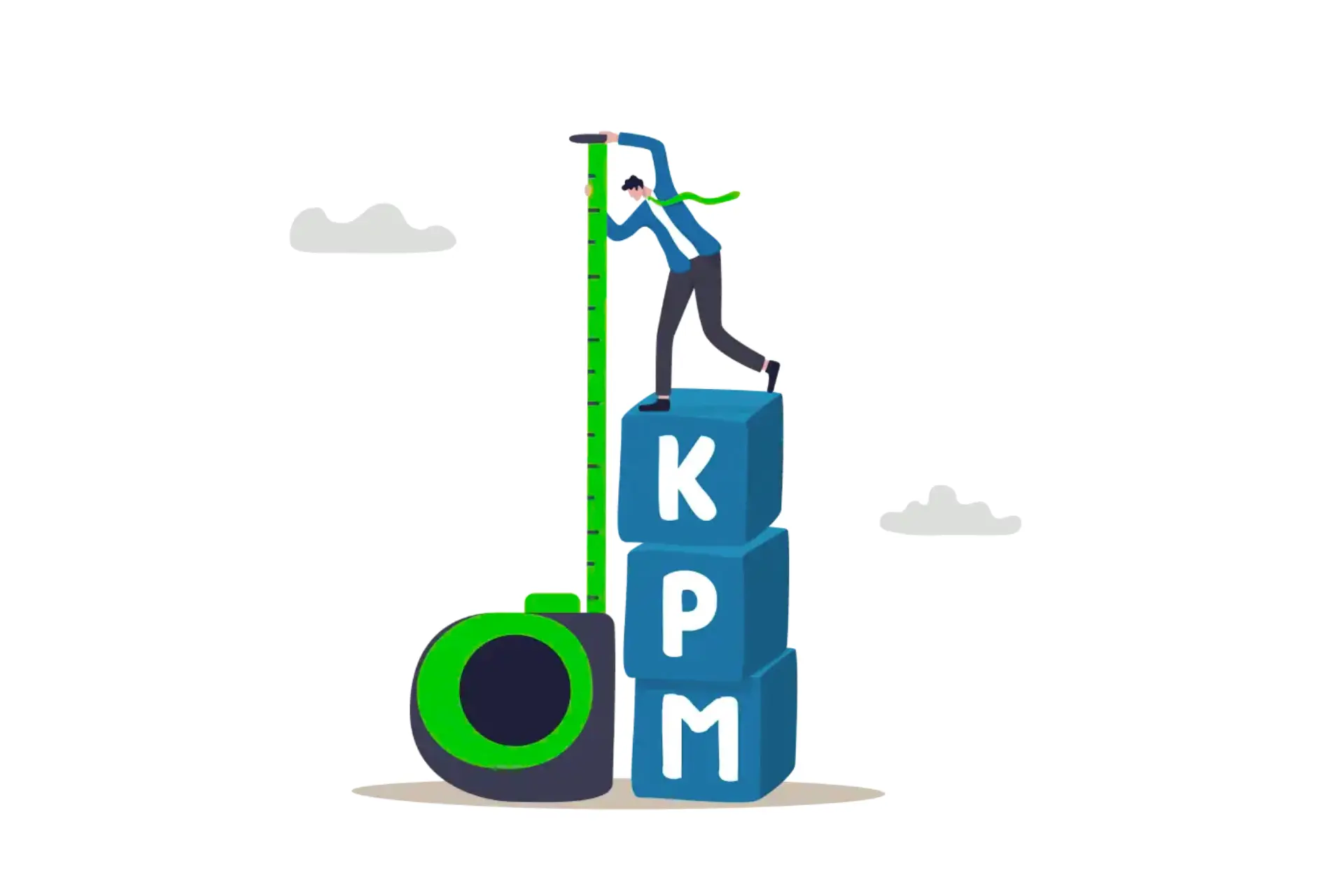Staying competitive in the fast-moving landscape of e-commerce, goes beyond product assortment, quality and fast delivery. Agility, competitive pricing and healthy margins are critical for online business success.

Setting excessively low prices risks eroding profits, whilst overly high prices can drive customers to seek alternatives.
Retailers need to assess the price elasticity of their product assortments, understanding how pricing adjustments influence the market and competitors.
E-commerce products often exhibit high elasticity, necessitating adaptive pricing aligned with consumer preferences and market conditions.
This article introduces three essential pricing metrics for retailers, offering practical insights on how these metrics can benefit your online business.
Price Index:
Your Price Index serves as a key primary metric, providing a clear indication how your prices compare on average with your chosen competitors over a specified period.
Here’s how your Price Index is calculated:
A Price Index higher than 100 signifies your prices are above the market average, while a value below 100 implies a position of lower pricing relative to the market average.
Let’s take a simple example:
If you sell a can of cola for $1 and your competitor sells the same product for $1.10 your Price Index is calculated as: (Your Product Price / Competitor Matched Product Price) *100.
Regular monitoring empowers SME online retailers to fine-tune pricing strategies based on market dynamics. This methodical approach helps make informed price adjustments, ensuring competitiveness.
We recommend daily monitoring of your price index for refining pricing strategies to remain competitive.
Price Position:
Once you’ve recognised and established where you want your price index to be, understanding where your price position is in relation to your competitors is not just a strategic advantage, but a fundamental necessity for SME online retailers.
- Your price position significantly influences customer perceptions, market competitiveness, and ultimately, the success of your online business.
- Regularly evaluating and benchmarking your prices against those of your competitors unveils a nuanced understanding of how your offerings are positioned in the market, enabling you to make informed decisions to enhance your competitive edge.
- If your products have an enhanced perceived value, you’ll need a well-calibrated pricing strategy which nurtures trust with your prospective audience and with a clear value proposition, you’ll be able to raise prices that justify your price position.
Regularly assessing your price position enables you to swiftly adapt to competitor price changes, whether a competitor is raising prices or you’re capitalising on a market gap.
Price Movements:
Monitoring competitor price change frequency provides valuable insights into their market dynamics.
Recognising how often your competitors adjust their prices helps gauge competitiveness and price elasticity, whilst infrequent adjustments could signal price or market stability.
Understanding the rhythm of your competitors' pricing changes enables you to benchmark your own price adjustment frequency to inform your own strategy and responsiveness.
It also helps SME online retailers identify opportunities and threats within their industry, such as promotional activities, seasonal fluctuations, or response to new product launches, impacting market share and capitalising on emerging opportunities.
Summary
Mastering these three competitor pricing metrics, empowers SME retailers to make data-driven decisions and adapt to fluctuations in the e-commerce landscape.
By leveraging insights into price indices, price position and competitor price movements, SME online retailers can confidently adjust prices and impact both net sales and margins.
Tracking these metrics could influence your online strategy: do you sell more units with a recued margin, or could you grow gross margin by selling less units with a corresponding lower spend on marketing and shipping, which ultimately contributes towards a margin gain?
With a PricingHunter subscription, these metrics are automatically calculated and conveniently displayed on your dashboard, saving you time and the hassle, from the moment you register for a
14-day free trial to selecting your preferred plan.

